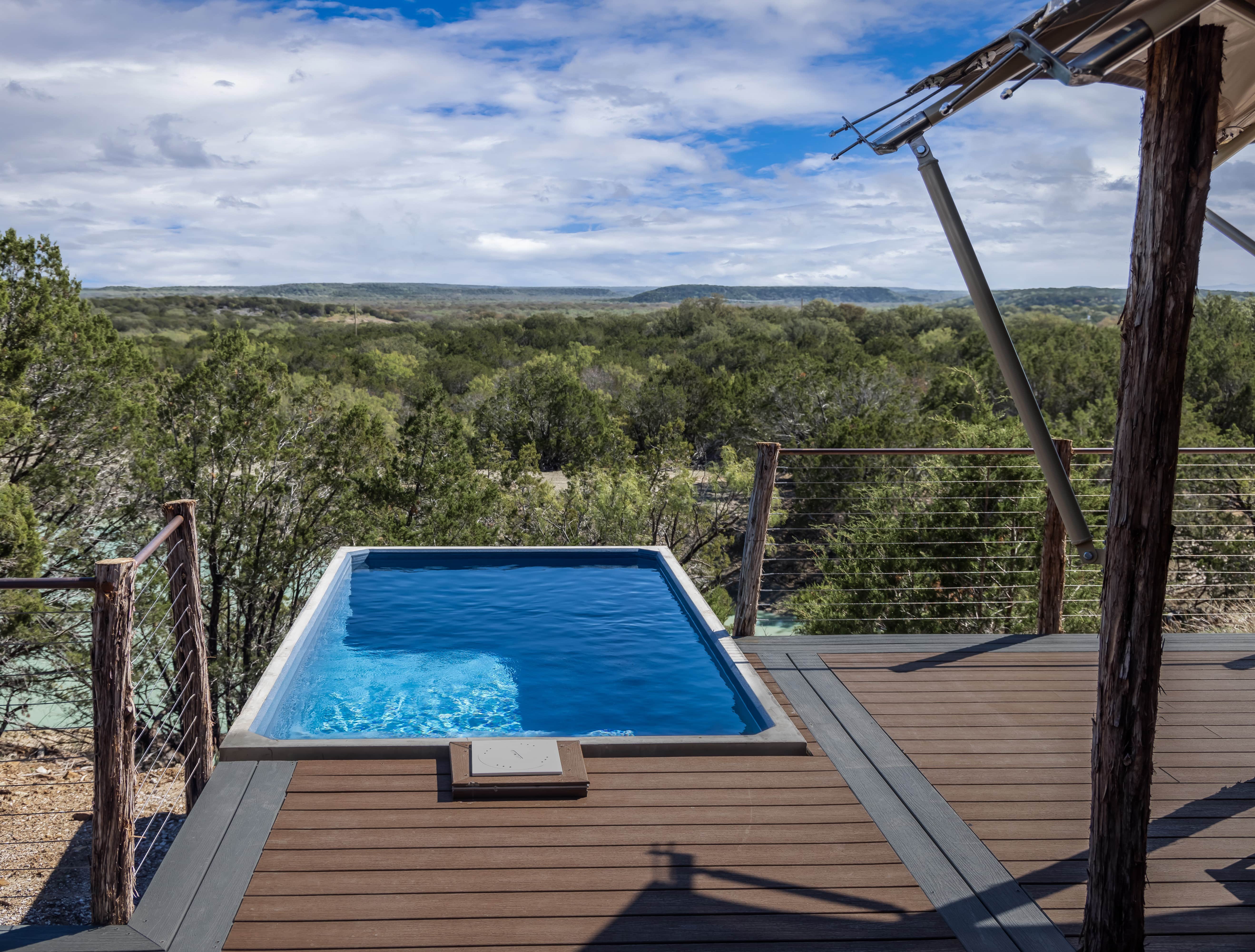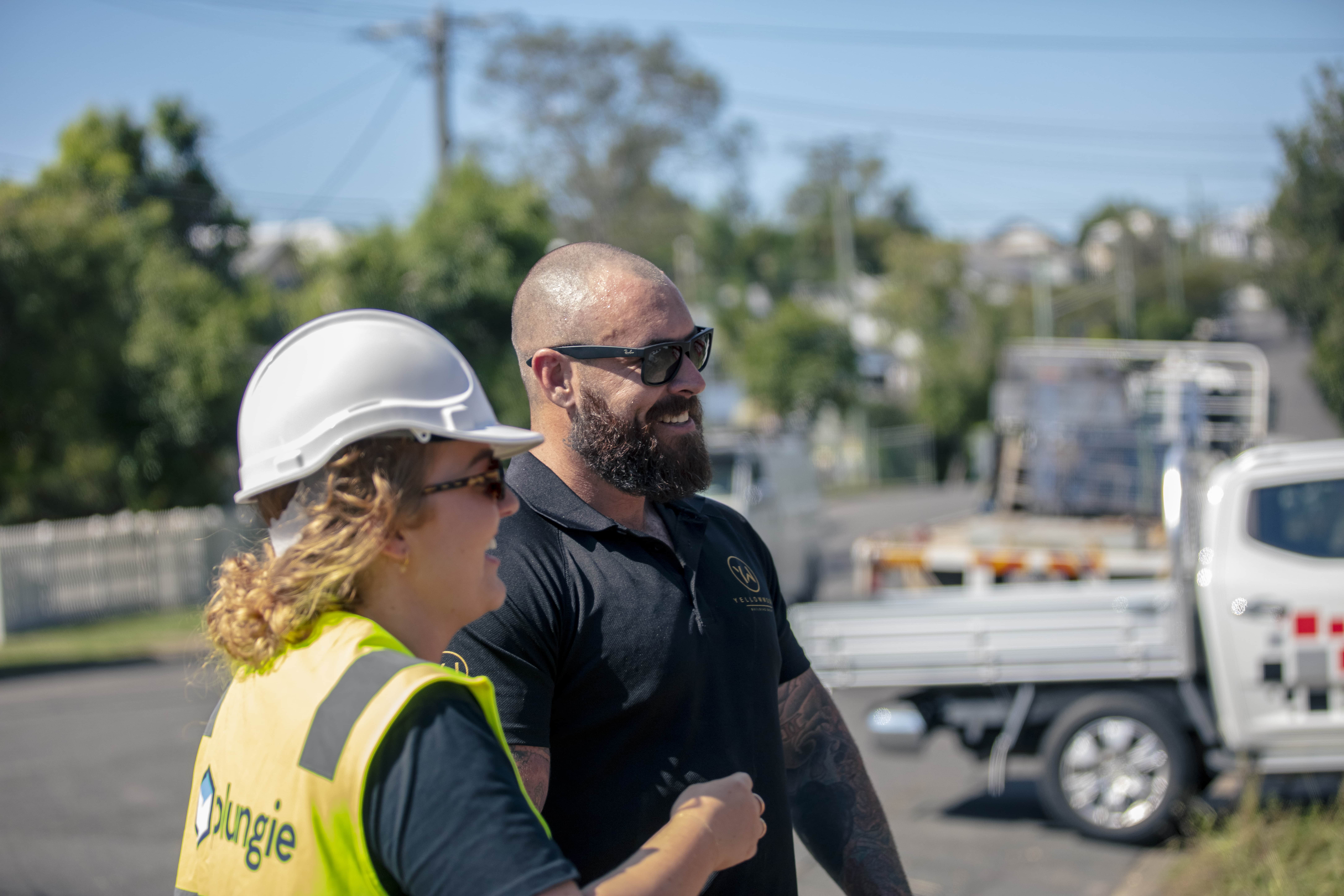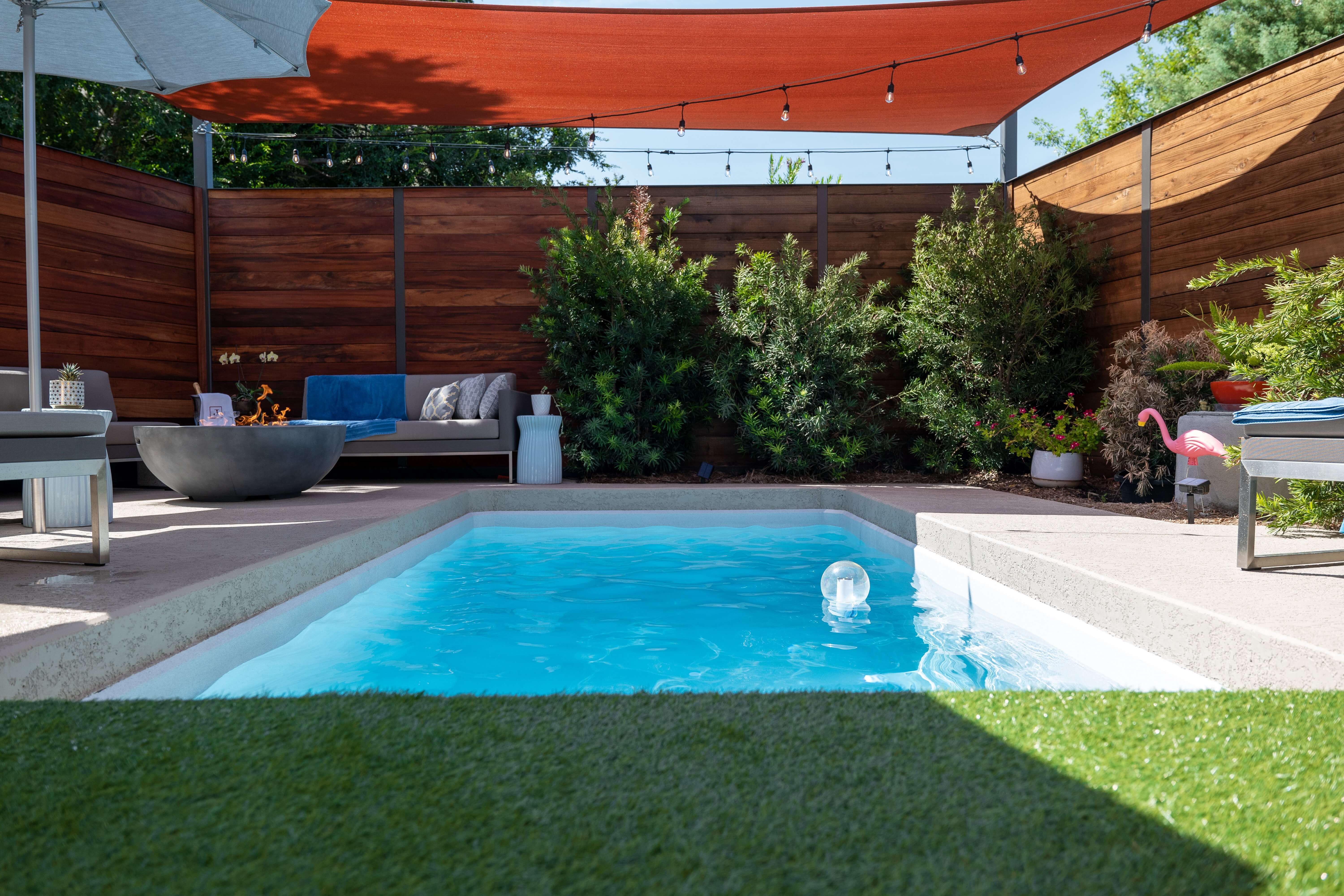It’s safe to say that prefab is changing the face of modern construction, making building projects faster and cheaper than ever before. At Plungie, we’re proof of this. Prefab construction has allowed us to simplify the pool-building process and make pool ownership more achievable. So, what is prefab construction, and what does it look like in practice? We'll take a closer look at the types of prefab systems and discuss why so many builders are turning to this innovative method.
What Is Prefab Construction?
Short for prefabrication, prefab refers to parts of a structure that have been manufactured off-site. Once completed, the parts are transported to their final destination for assembly or installation. If you think that definition seems broad, you’re right. There are several systems that sit under the prefab umbrella, and the term is used across many industries, including construction, architecture, and engineering.
Types of Prefabrication
There are three main types of prefabricated systems — 3D prefab, 2D prefab, and hybrid systems.
3D Prefab
As the name suggests, these systems are three-dimensional and arrive on-site almost fully assembled. Our precast concrete pools are the perfect example of this. There are two common forms of 3D prefab systems: modules and pods.
Modules are structural units that generally consist of a floor, wall, and ceiling. These modules are joined together to create a complete structure — hence the term modular construction. You’ll often hear the terms prefab and modular used interchangeably, but modular construction is just one method that comes under the prefab umbrella.
Pods, on the other hand, are fully finished sections of a building. Commonly used for bathrooms and kitchens, pods are ready for use after being connected to power and water.
As modules and pods arrive on-site in fully assembled sections, the main advantage of 3D prefab systems is the speed of construction. For example, Australian company Interpod is making waves globally with their bathroom pods, which can reduce overall build time by 30%. Similarly, Plungie pools are ready to install once they arrive on-site so that you can enjoy a concrete pool in days, not months.
2D Prefab
2D Prefab systems are essentially flat packs. Much like an IKEA order, they consist of separate panels and components that are assembled once they arrive on-site. This means they’re much easier to transport. 2D systems also provide more options for customization, as different panels and components can be mixed and matched to create a structure.
Hybrid Systems
There’s no need to use 3D and 2D prefab alone. Both systems can be used together to create a hybrid system that will suit your design and transport needs. The possibilities are endless!
Why Choose Prefab Construction?
The primary benefit of prefab construction is speed. Firstly, the manufacturing process is streamlined in a factory. Secondly, the structures are assembled much faster and with less manual labor than traditional construction methods. The best part? Less time and labor results in lower overall project costs. Read our article about the Pros and Cons of Prefab Construction for a full breakdown.
Prefab In Practice At Plungie
The benefits of prefab construction are obvious at Plungie. Not only can we manufacture high-quality, competitively-priced concrete pools, but they can be installed on delivery day. Sandbox Properties was able to leverage the advantages of our prefab pools with their Marlowe Residences project in Queensland, Australia.
The design for this project included seven pools that needed to sit up out of the ground. However, the time, cost, and additional labor associated with building a pool the traditional way was not feasible. That’s where Plungie came in.
Once the Plungies arrived on site, the team at Hutchinson Builders was able to install them within half a day. The speed of installation gave both the builder and developer more control and showed the true efficiencies of prefab construction. Watch the video below to find out more.
These advancements signal a truly exciting time for the construction industry. We’re excited to be part of the prefab movement and want to spread the word so more builders and homeowners can start reaping its benefits. So don’t delay — take advantage of prefab today.




